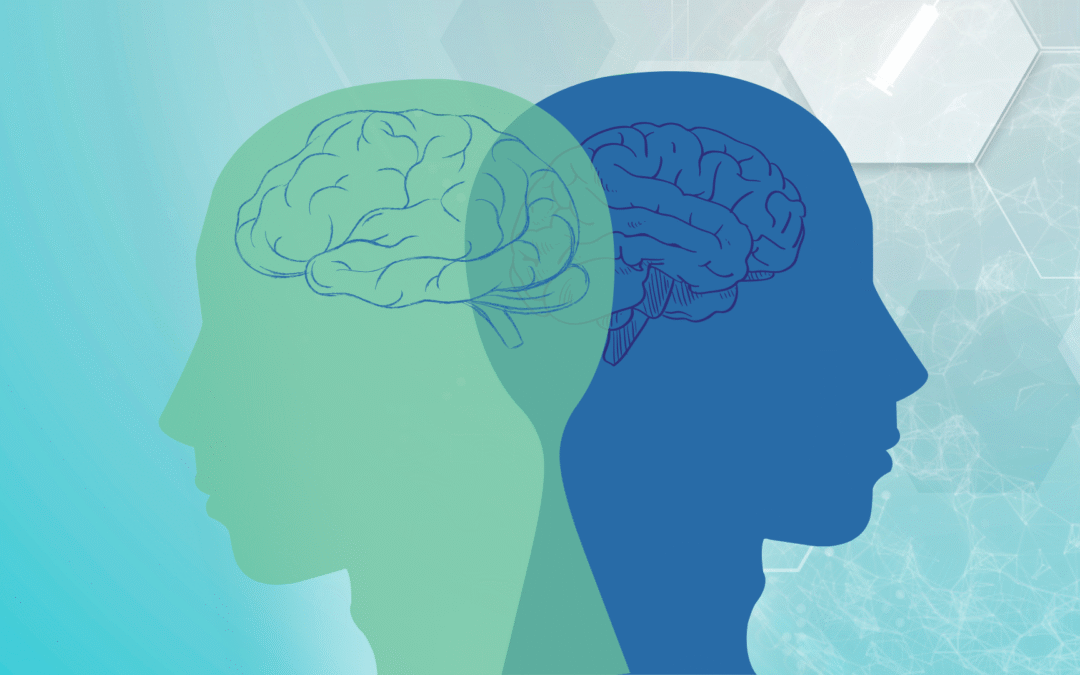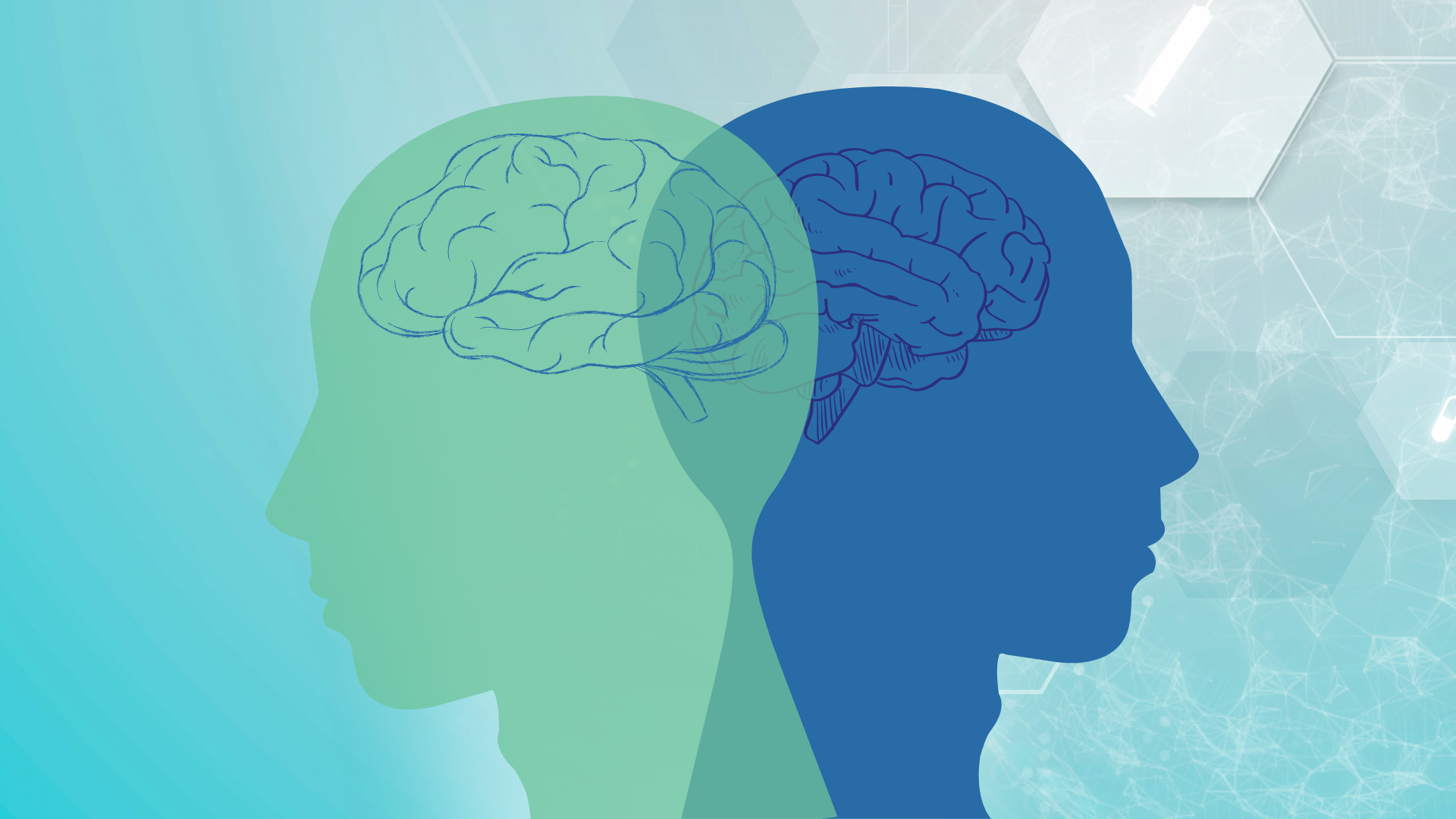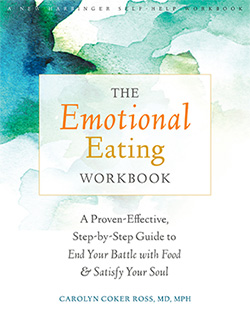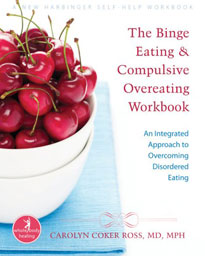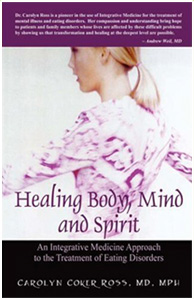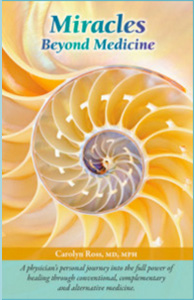After three decades in medicine and countless hours consulting with addiction and eating disorder treatment centers, I’ve seen a pattern that keeps repeating—one that’s costing facilities dearly while undermining the very recovery outcomes we’re all working so hard to achieve.
The Personal and Professional Reality
During my years as Chief of the joint Eating Disorder and SUD program at Sierra Tucson and as Medical Director of a Denver-based program, I witnessed firsthand how these conditions intertwine. Once the SUD is treated, the eating disorder worsens. If the ED is treated first, then the SUD will escalate. In my consulting work with treatment facilities across the country, I consistently found the same blind spot: facilities missing the dual diagnosis of eating disorders and addiction.
Here’s what the research tells us, and what I’ve observed in my career. Up to 35% of individuals dependent on alcohol or other drugs also have eating disorders—a rate 11 times higher than the general population**. From peer-reviewed studies, 50% of those with eating disorders misuse alcohol or illicit drugs, five times higher than the general population. Men who have been diagnosed with binge eating disorder, having even higher rates of SUD than women.
But here’s what really concerns me as someone who’s worked in both worlds: most addiction treatment facilities as well as most eating disorder treatment facilities aren’t equipped to identify, let alone treat, this dual diagnosis effectively.
What I See in Treatment Centers
When I consult with treatment facilities, I ask about screening protocols. When Sarah walks into your facility for cocaine addiction treatment, is anyone screening for bulimia? When Marcus comes in struggling with alcohol dependence, does your intake process catch his restrictive eating patterns—behaviors he uses to maintain control when everything else feels chaotic?
Through my work as a Board Certified Addiction Medicine physician and as a Certified Eating Disorder Specialist-Consultant (CEDS-C), I’ve learned that bulimia nervosa has the highest incidence of co-occurring substance use disorders, followed by anorexia nervosa and binge eating disorder. These aren’t separate conditions—they’re intertwined survival mechanisms that reinforce each other.
The Cost of Missing This Connection
In my consulting work, I’ve seen how unrecognized dual diagnosis impacts your bottom line:
- Treatment completion rates plummet—patients with unaddressed eating disorders show significantly higher dropout rates. Those with unaddressed SUD also fit this picture.
- Relapse becomes almost inevitable—treating only one condition while ignoring the other leads to relapse in the untreated disorder, or often both.
- Number of relapses increase—without integrated treatment, patients cycle through multiple admissions
Evidence-Based Solutions
Research consistently shows that integrated residential programs report 88% mean reduction in alcohol intoxication from baseline, with 68% still in remission at 12 months. This aligns with what I observed clinically: when both disorders are treated together, outcomes improve dramatically.
Practical Steps
- Implement Universal Screening – Every SUD treatment facility I work with now uses brief eating disorder screening tools in their intake process. The SCOFF questionnaire takes five minutes and can save thousands in treatment costs. The same is true for eating disorder facilities I’ve consulted with – they are encouraged to do universal screening as well.
- Train Your Clinical Team – In my training workshops, I teach staff to recognize how substances like stimulants, laxatives, and diuretics are used for weight control. They learn that “I’m not hungry” might signal restriction, not recovery progress.
- Address the Intersection in Programming
- Integrate body image work into group therapy
- Include nutrition counseling beyond basic health education
- Recognize that meal times can trigger anxiety for patients with eating disorders
- Understand that weight changes during recovery can increase eating disorder behaviors
The Research-Backed Business Case
As someone who’s been both a clinician and a program medical director, the research is clear: treatment programs addressing both disorders simultaneously show superior outcomes. Patients with co-occurring disorders demonstrate worse symptomatology, longer recovery times, and higher relapse rates when only one condition is treated.
Studies demonstrate that integrated dual diagnosis treatment produces better outcomes than sequential or parallel treatment approaches. The facilities that embrace this evidence-based approach aren’t just improving patient care—they’re positioning themselves as leaders while improving their financial sustainability.
Moving Forward Together
Having written three books on eating disorders, including contributions to “Treating Black Women with Eating Disorders: A Clinician’s Guide,” I know this dual diagnosis represents both a clinical crisis and a business opportunity.
Research confirms that eating disorders and substance use disorders co-occur at alarming rates. Is your facility ready to address this overlooked dual diagnosis before it continues undermining your treatment outcomes and financial health.
Dr. Carolyn Coker Ross, MD, MPH, CEDS-C is a former CEO of The Anchor Program™ and former Chief of the Eating Disorder Program at Sierra Tucson. She consults with addiction and eating disorder treatment centers on implementing culturally competent, trauma-informed care.

